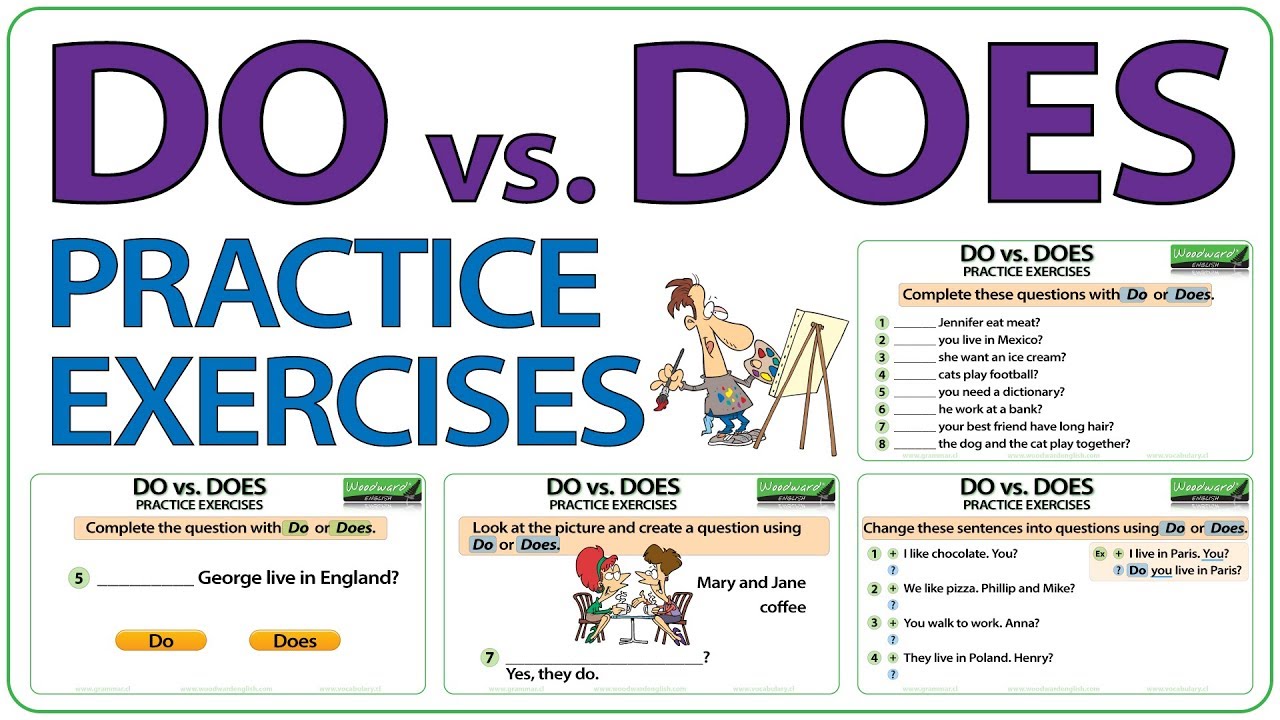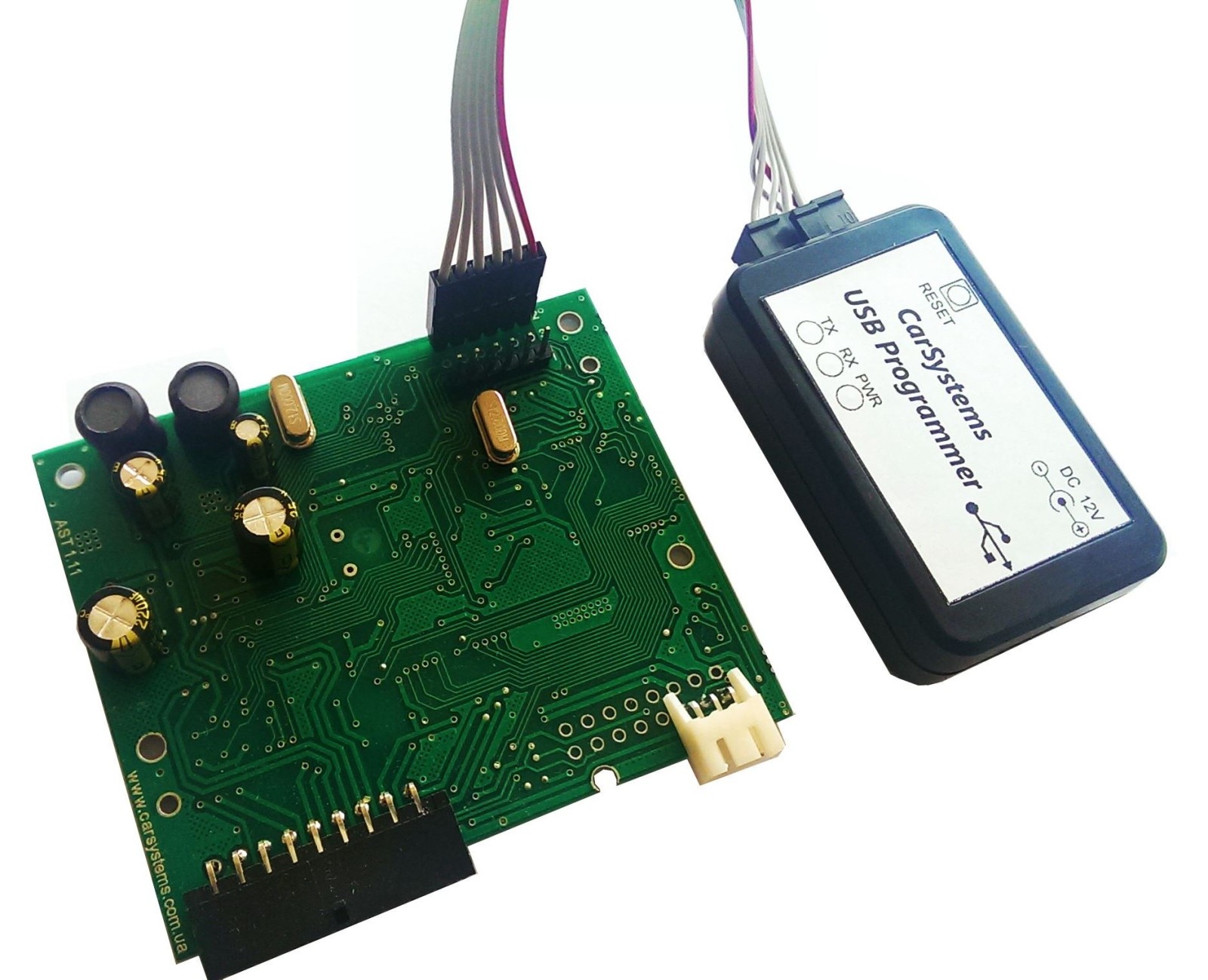What a Real Estate License Is and How to Get One: Requirements, Steps, and Options
Overview: What a Real Estate License Is
A real estate license is a state-issued authorization that allows you to legally represent buyers, sellers, landlords, or tenants in real estate transactions as an agent or broker. Each state sets its own education, exam, and application requirements, and you must hold an active license in the state where you practice [1] . Having a state license is distinct from being a REALTOR®, which refers to membership in the National Association of REALTORS®; only NAR members may use the REALTOR® mark, and joining NAR is optional but can offer professional benefits [1] .
What a Real Estate License Allows You to Do
With an active license, you can help clients purchase, sell, or lease property under your state’s laws. Licensure generally requires formal pre-licensing education, passing a state exam (often with national and state-law portions), and affiliating with a supervising broker to engage in transactions. You typically must complete continuing education and renew periodically to keep your license active [2] . Many markets also expect licensed agents to access local multiple listing services (MLS) through brokerage or association membership, which can enhance market data access and marketing reach [1] .
Key Differences: Licensee vs. REALTOR®
– Licensee (agent or broker): Holds a state license and may legally conduct real estate activities in that state, subject to supervision rules for salespersons and state law for brokers [2] . – REALTOR®: A licensed real estate professional who voluntarily joins NAR and agrees to follow its Code of Ethics; the term is a federally registered trademark and is not synonymous with being licensed [1] .
Typical Eligibility and Requirements (State Examples)
While requirements vary by state, common elements include minimum age (often 18+), proof of education, completion of state-approved courses, passing exams, and broker sponsorship. For example, Ohio requires applicants to be at least 18, have a high school diploma (if born after 1950), be honest and truthful with no disqualifying offenses, and be sponsored by an Ohio broker [3] . Minnesota requires three 30-hour courses (Course I-III), passing the salesperson exam, and association with a licensed broker who submits the application [4] . Other states require specific pre-licensing hours, such as South Carolina’s 90 hours split into Unit I and Unit II before full application submission [5] .
Step-by-Step: How to Get Licensed
1) Confirm Your State’s Eligibility Rules
– Verify minimum age, education level, and background standards. – Identify if broker sponsorship is required before or after the exam in your state. In Ohio, sponsorship by an Ohio-licensed broker is required; ensure you understand disqualifying offenses and documentation expectations [3] . In Minnesota, a licensed broker must submit the application for your salesperson license after you pass the exam [4] .
2) Complete State-Approved Pre-Licensing Education
– Enroll in approved providers only; states recognize specific schools and curricula. – Expect 30-90+ hours depending on the state, often covering property law, contracts, agency, fair housing, finance, and ethics. South Carolina requires 90 hours split into a 60-hour fundamentals course and a 30-hour advanced principles course before submitting the license application [5] . Many states also require a final course exam before issuing your education certificate for the state exam [2] .
3) Pass the State Licensing Exam
– Most states administer a two-part exam: a national section and a state-law section [2] . – Schedule promptly after completing pre-licensing; bring required IDs and approval notices. – If retakes are allowed, review your score report to target weak areas and re-test within your state’s allowed window.
4) Select and Affiliate With a Supervising Broker
– Salespersons typically must work under a broker. Evaluate brokerage models (split, cap, desk fee), training, mentorship, technology, and local reputation. – Some states require broker association before license activation or application submission. In Ohio, sponsorship by a broker is a condition of licensure [3] ; in Minnesota, your broker submits your application after you pass the exam [4] .
5) Submit Your Application and Fees
– Provide proof of completed education, exam passage, legal work eligibility, and any background check results as required. – Pay the state application and licensure fees; amounts vary by state and may change periodically. Consider additional costs such as fingerprinting, exam scheduling, and post-licensing requirements (if applicable) which some states mandate in the first year.
6) Maintain Your License: CE and Renewals
– After activation, complete continuing education (CE) and renew on your state’s cycle (often every 2-4 years). States may require ethics/fair housing modules and state-law updates. Ongoing supervision rules frequently apply to salespersons under a broker [2] .

Source: eskipaper.com
Real-World Examples and Paths
Example: Ohio First-Year Path
– Candidate reviews Ohio prerequisites and confirms eligibility. – Completes required pre-licensing coursework through an approved Ohio provider. – Passes the state exam and secures sponsorship from an Ohio broker, satisfying the honesty and background standards outlined by the regulator [3] . – Submits application and activates license; begins transactions under the broker’s supervision.
Example: Minnesota Course-by-Course
– Completes Course I-III (three 30-hour modules), then passes the salesperson exam. – Affiliates with a licensed Minnesota broker, who submits the license application. – Starts practice once the Commerce Department issues license approval, following state law and supervision requirements [4] .

Source: kerelosaissam.github.io
Example: South Carolina Education-Heavy Track
– Takes 60-hour Unit I, then sits for the exam. – Completes 30-hour Unit II advanced principles before submitting the application. – Applies with proof of education and exam success to obtain the salesperson license [5] .
Challenges, Solutions, and Alternatives
Challenge: Balancing work and study time for pre-licensing education. Solution: Choose state-approved providers offering flexible schedules, practice exams, and live or on-demand instruction; set weekly study goals tied to the exam outline [2] .
Challenge: Understanding broker compensation and support. Solution: Compare splits, caps, and fees; ask about mentorship, leads, technology, and compliance support. Clarify office policies, supervision, and training commitments in writing before affiliating.
Challenge: Meeting background and honesty standards. Solution: Review your state’s disqualifying offenses policy and timelines. In Ohio, applicants must be honest and truthful and free of disqualifying offenses under state rules; certain adjudications may require waiting periods or superintendent review [3] .
Alternative Paths: If you are exploring the field, you could work in a support role (e.g., transaction coordinator, assistant) at a brokerage to gain exposure while completing education. Later, consider NAR membership to access a broader professional network and resources if it aligns with your goals [1] .
Actionable Next Steps (No Assumed Links)
– Identify your state regulator (e.g., Department of Commerce, Real Estate Commission, or Division of Real Estate) by searching for ”
[Your State] real estate salesperson license requirements
.” Use only the official state agency’s website results and verify the URL matches the state’s known domain (for example, “.gov” for many states). When uncertain, call the regulator’s listed main line to confirm requirements.
– Confirm required pre-licensing hours and approved schools on the regulator’s site before enrolling.
– Schedule the licensing exam through the official testing provider listed by your regulator; follow their ID and scheduling instructions precisely.
– Interview at least three brokers. Prepare questions about training, supervision, lead generation, technology stack, market coverage, and fees.
– Plan your CE by mapping renewal deadlines and required topics immediately after you activate your license.
FAQ
Does a license make me a REALTOR®? No. A license allows you to practice; REALTOR® status requires joining the National Association of REALTORS® and following its Code of Ethics [1] .
How many hours of education will I need? States vary. For instance, Minnesota requires three 30-hour courses [4] , and South Carolina requires 90 total hours split between fundamentals and advanced principles [5] . Many states fall within the 30-90+ hour range and require passing a state exam [2] .
Do I need a broker to start? In most states, salespersons must affiliate with a supervising broker to practice. Ohio requires broker sponsorship for licensure, and Minnesota requires broker association to submit the application [3] [4] .
References
[1] National Association of REALTORS® (2024). Benefits of Getting a Real Estate License. [2] Aceable Agent (2025). Difference Between a REALTOR® and a Real Estate Agent. [3] Ohio Department of Commerce (accessed 2025). Requirements for an Ohio Real Estate Salesperson’s License. [4] Minnesota Department of Commerce (2025). Guide to Real Estate Licensing. [5] Kaplan Real Estate Education (2023). How to Become a Real Estate Agent in South Carolina.



